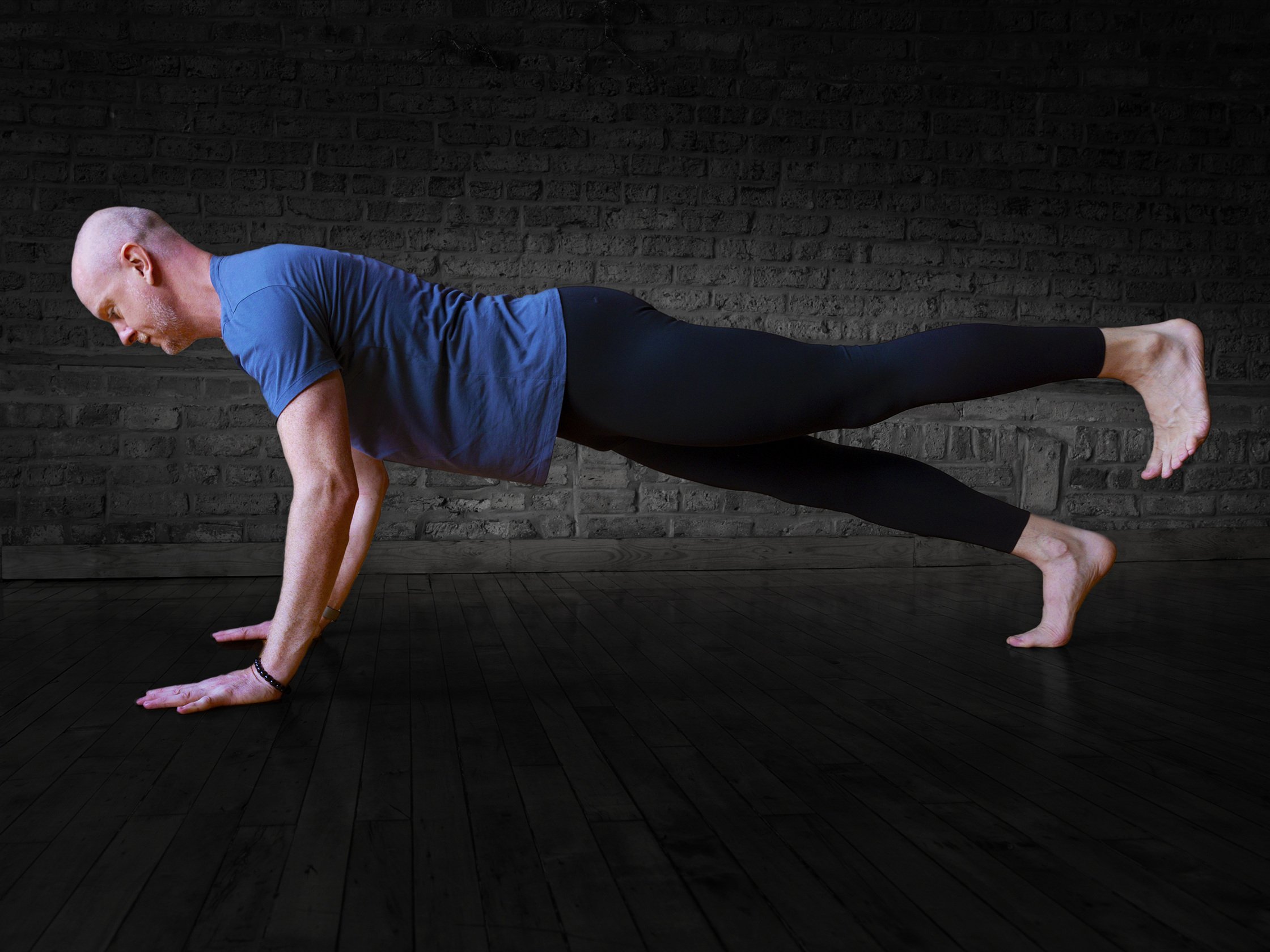
I like to solve problems...
big system problems.
Growing up my family solved logic problems for fun, competing to see who could solve them first. I also grew up in a culture of movement, joining mom in the aerobics classes she taught when I was 6 years old. I studied martial arts for a decade and spent just as long studying and teaching classical and ballroom dance.
I've been a rock climber, an avid cyclist, an amateur triathlete, a devoted yogi, and I spent more than twenty years in classical vocal training. No surprise that I accrued more than my fair share of injuries and surgeries.
So I found myself immersed in teaching pilates after exploring it for my own chronic body issues. Also no surprise that I found myself working with people who helped me understand what I needed to learn for my own physical progress- people with chronic movement dysfunctions and pain... aka problems.
And there it was, the big system problem I had been training for my whole life. The human movement problem. I spent the next fifteen years devoted to gathering as much continuing education as I could:
Biomechanics of every major body part
Common injuries/ surgeries and rehab protocol
Movement impairment and dysfunction
Postural analysis
Pre and postnatal exercise
Spinal disc injuries and surgical and non-surgical interventions
Spinal cord injuries
Scoliosis
The ubiquitous "lower back pain"
Massage Therapy
Full cadaver dissection
Gait analysis and training
Neurological conditions
Trauma recovery
Breathing
Pelvic floor dysfunction and recovery
Neuroplasticity
Myofascial release techniques
Craniosacral therapy
This led to a puzzling issue- lots of conflicting information. However, chronic pain presents some interesting feedback. Consistently, the more functionally accurate a movement is the less pain it causes. So if you have conflicting pieces of information: one that exacerbates pain in almost everyone and one in almost no one, it's not hard to decide which is probably correct.

“I teach the exact same concepts and awareness tools to someone struggling to escape chronic pain and to someone training for an Ironman.”
As I gathered info I continually synthesized it into one complete system, always letting efficiency and whole body mechanics be my focus, and pain (or lack of it) be my guide. What I ended up with is a surprisingly straightforward understanding of human mechanics- a way to teach people to feel movement, to understand what’s happening in their bodies, and take control of the situation. One that is applicable and teachable to almost anyone regardless of their situation. I teach the exact same concepts and awareness tools to someone struggling to escape chronic pain and to someone training for an Ironman.

“A way to teach people to feel movement, to understand what’s happening in their bodies, and take control of the situation.”
“I invite you to let go of preconceived notions of how things work; what you think you can and can't do; what you think is broken or beyond repair; the problems you think are unsolvable; and discover the untapped, self-correcting potential of your most advanced tech: the human body.”
- Jeremy Brown
Trainings & Certifications:
BASI® Comprehensive Pilates Certification
National Certified Pilates Teacher
Licensed Massage Therapist
Craniosacral Trained
Certified Personal Trainer
CoreAlign® Master Trainer
Bodhi Suspension System ®Master Trainer
TRX Certified Trainer

